Responding to Europe's cross-border carbon tax, Ho Chi Minh City University of Economics proposed that the city collect carbon fees to raise funds to support businesses.
The European Union has enacted a cross-border carbon tax mechanism (CBAM) from October 2023, aiming to ensure fairness in international trade competition and promote greenhouse gas emission reduction.
CBAM will apply to products imported into the EU based on the greenhouse gas emissions (direct and indirect) generated during the production process.
A recent study by the Ho Chi Minh City University of Economics (UEH) predicts that this will have many impacts on businesses. Specifically, businesses exporting to the EU will be affected in the short term when their goods competitiveness decreases due to the increased carbon costs.
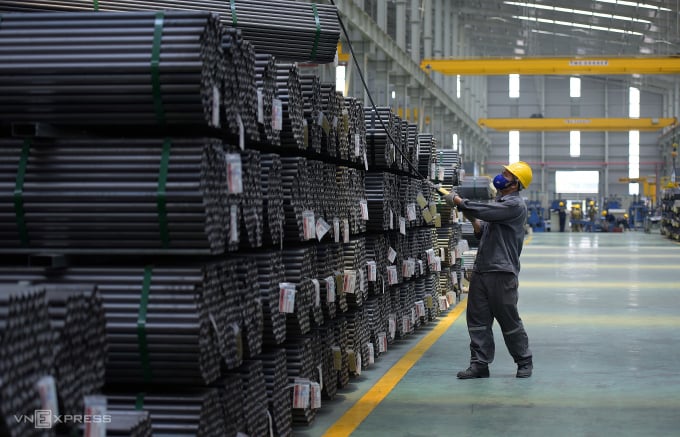
A steel and plastic pipe factory in An Giang. Photo: Phuong Dong
Therefore, the research team proposed that Ho Chi Minh City collect carbon fees and use the revenue from this source to support businesses exporting to Europe (with funds to invest in technological solutions to reduce emissions), as well as local environmental initiatives. This type of fee applies to businesses affected by CBAM, can be implemented at the end of 2024, piloted in 2025 and officially in 2026.
In terms of advantages, this is a way to increase self-sufficient revenue, used entirely for environmental purposes and supporting businesses. The solution does not create additional tax burdens, while being very beneficial for businesses. Because if they do not pay the carbon fee in Ho Chi Minh City, businesses still have to pay the equivalent CBAM tax in Europe.
Currently, CBAM allows for a deduction if the carbon price has been paid in the country of production. This means that Ho Chi Minh City can implement carbon pricing tools and collect fees. Meanwhile, businesses are also supported when located in Ho Chi Minh City.
However, the research team noted that for a feasible solution, more practical analysis from businesses is needed to have carbon prices, declaration and payment timing, and confirmation mechanisms that are consistent with CBAM. Along with that, how to effectively reallocate the budget from carbon fees also needs detailed discussion.
In addition to carbon pricing, the research team proposed two other scenarios to respond to CBAM. One is to provide financial support for businesses to change technology, but requires resources. The other is to become a carbon credit provider through investing in reducing electricity emissions at public assets, but also requires initial capital and technical investment.
As the country’s economic locomotive, Ho Chi Minh City is also facing environmental challenges, especially air pollution. It emits more than 60 million tons of CO2 each year, accounting for 18-23% of the country’s total.
Currently, the city has 140 businesses that must inventory greenhouse gases, with 106 in the manufacturing sector. The number of businesses that must inventory may increase when the updated list is submitted to the government by the Ministry of Natural Resources and Environment.
According to the CBAM implementation roadmap, during the transition period from October 1, 2023 to January 31, 2024, cement, fertilizer, steel and aluminum products entering the EU will declare their emissions quarterly and will not have to pay taxes. From 2026 onwards, CBAM will officially take effect and be applied to many other industries.
Telecommunications
Source link




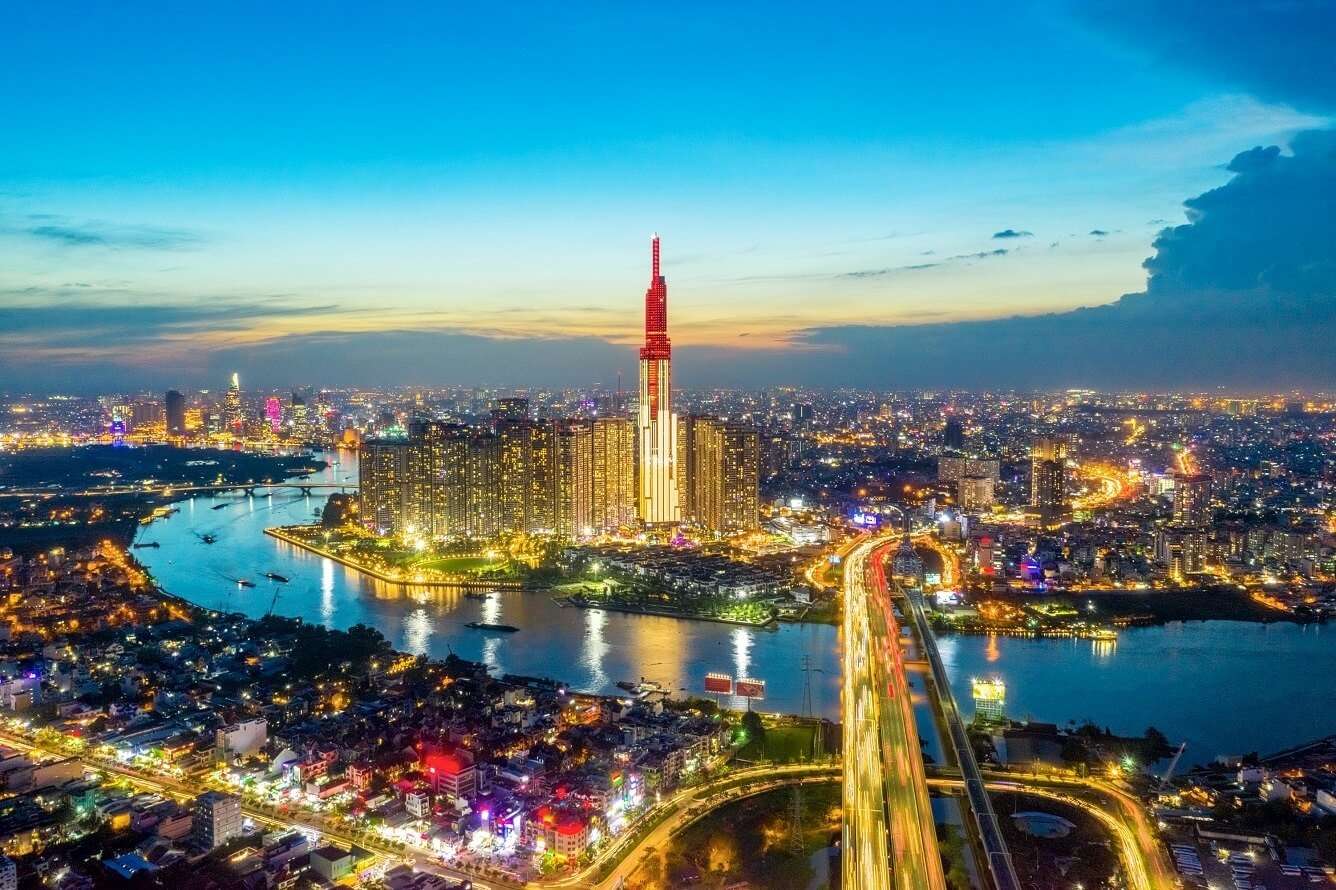



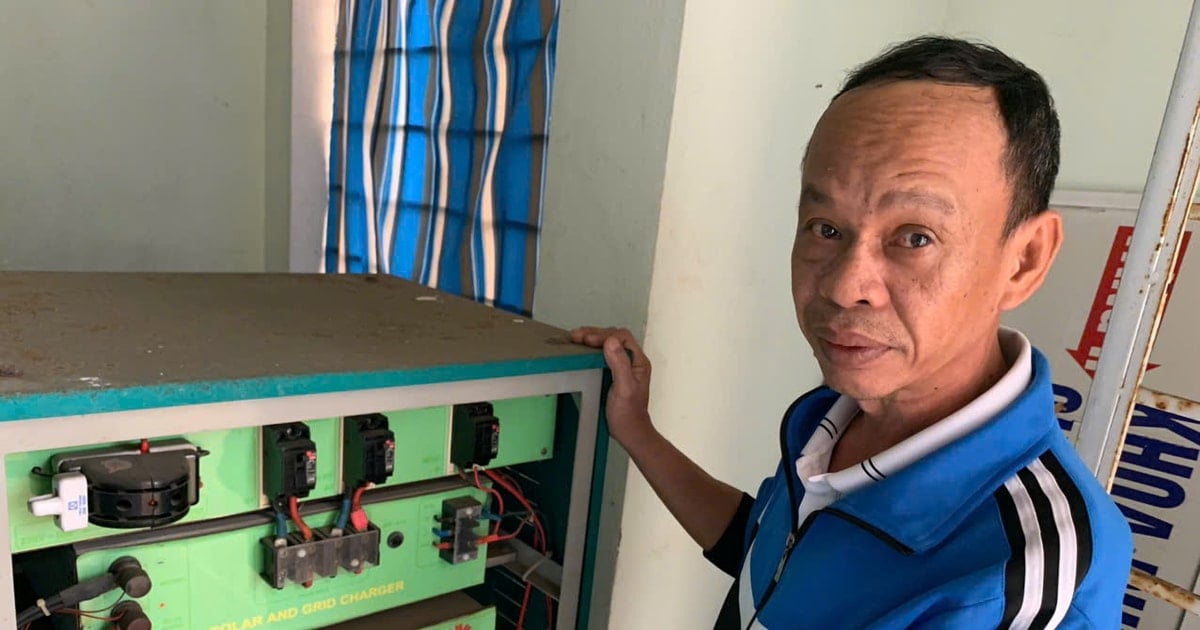

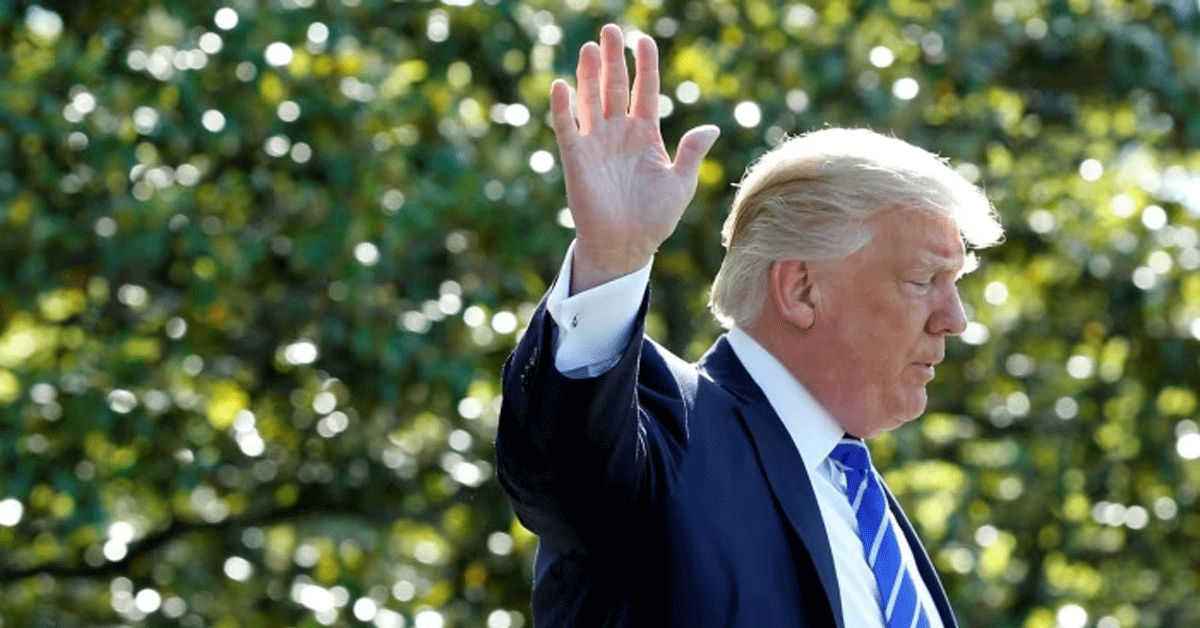

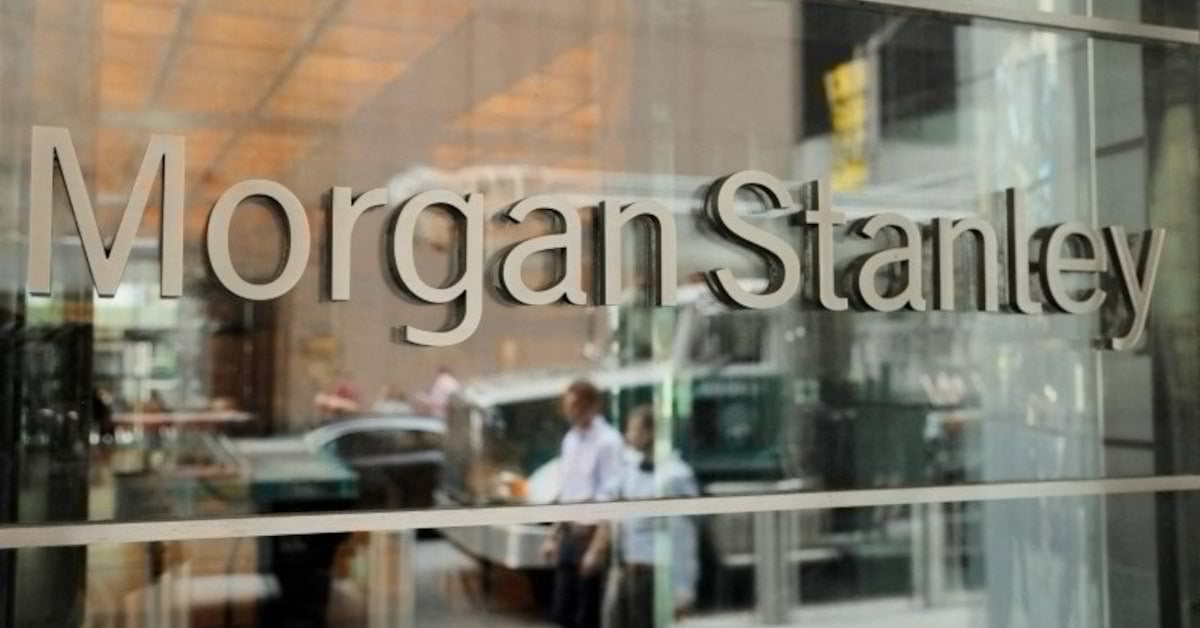

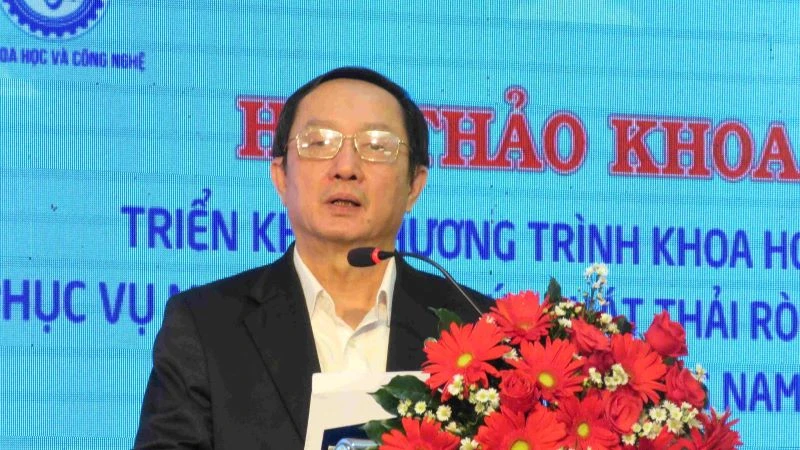

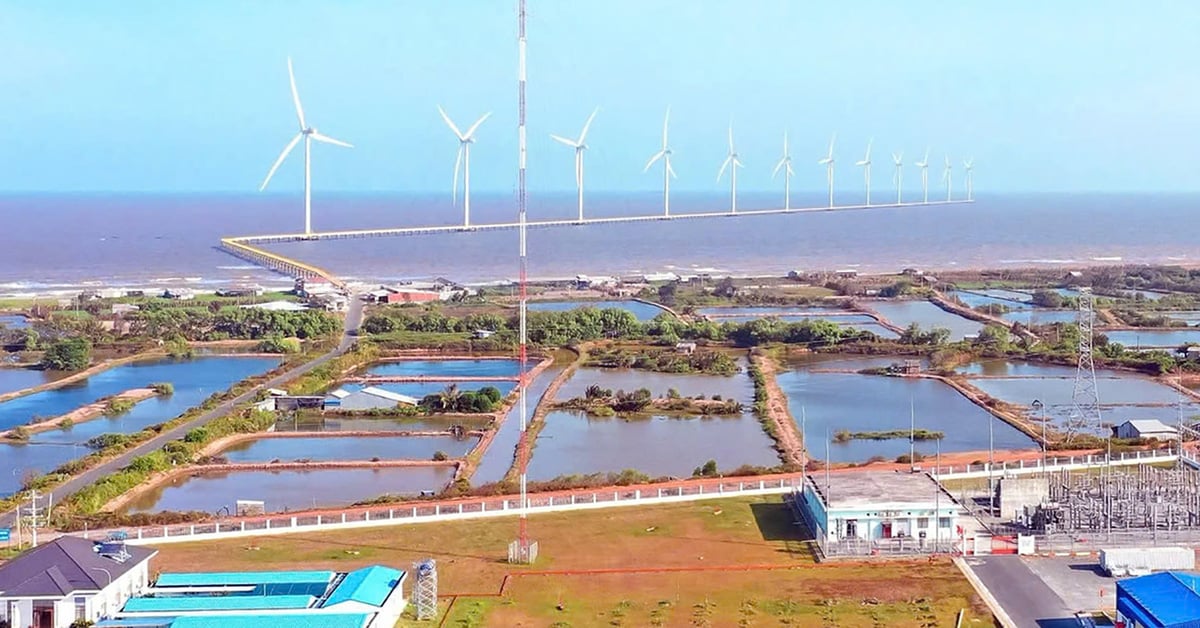
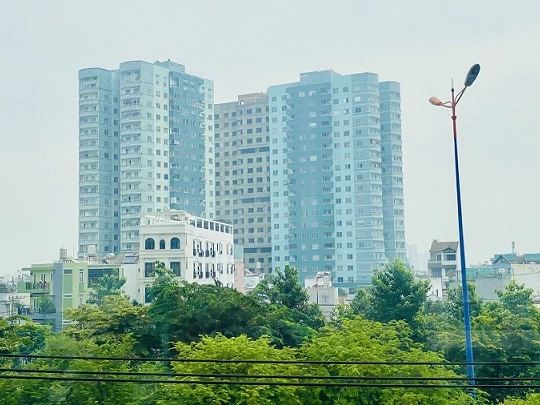



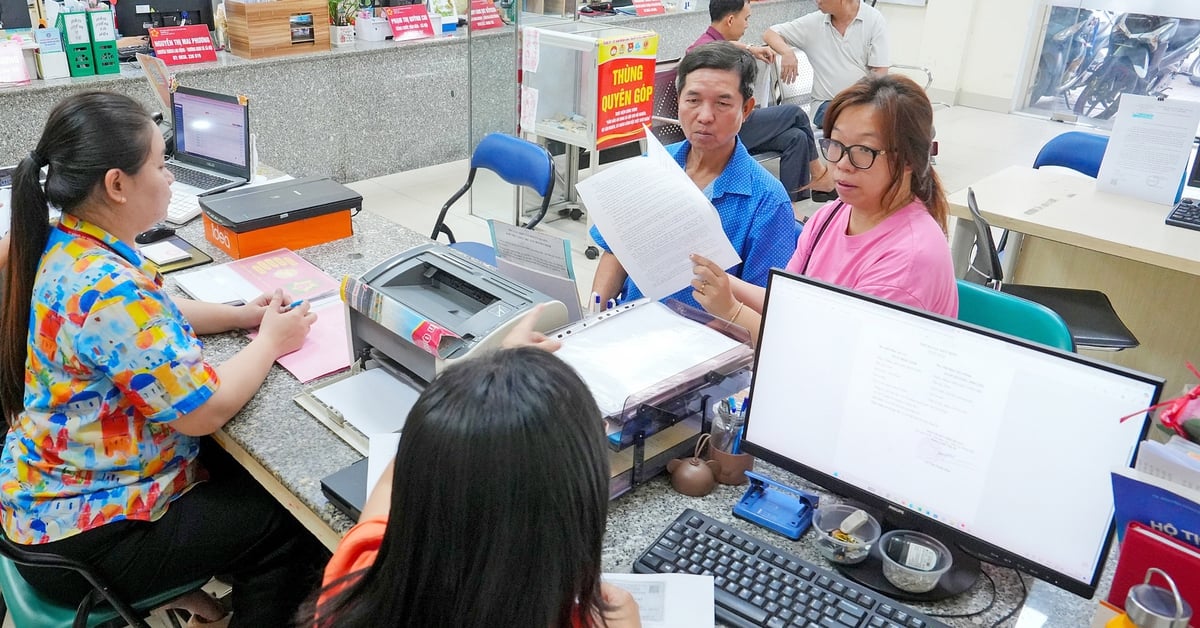
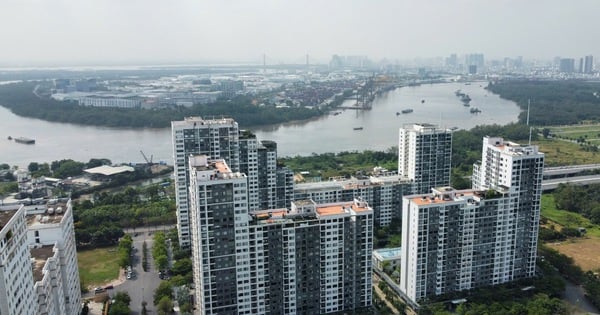

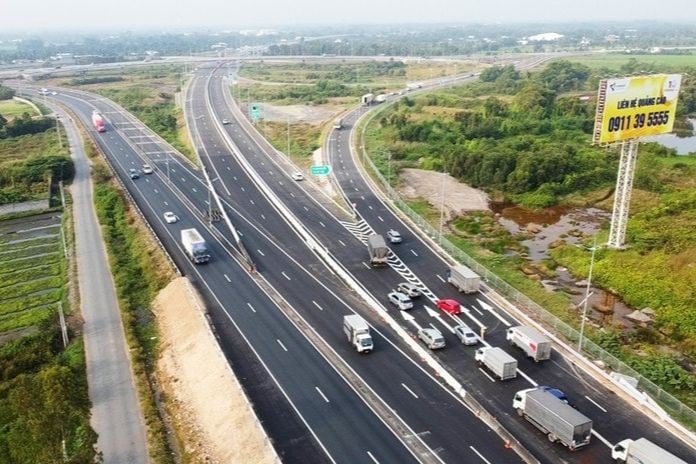









![[Photo] "Beauties" participate in the parade rehearsal at Bien Hoa airport](https://vstatic.vietnam.vn/vietnam/resource/IMAGE/2025/4/11/155502af3384431e918de0e2e585d13a)




























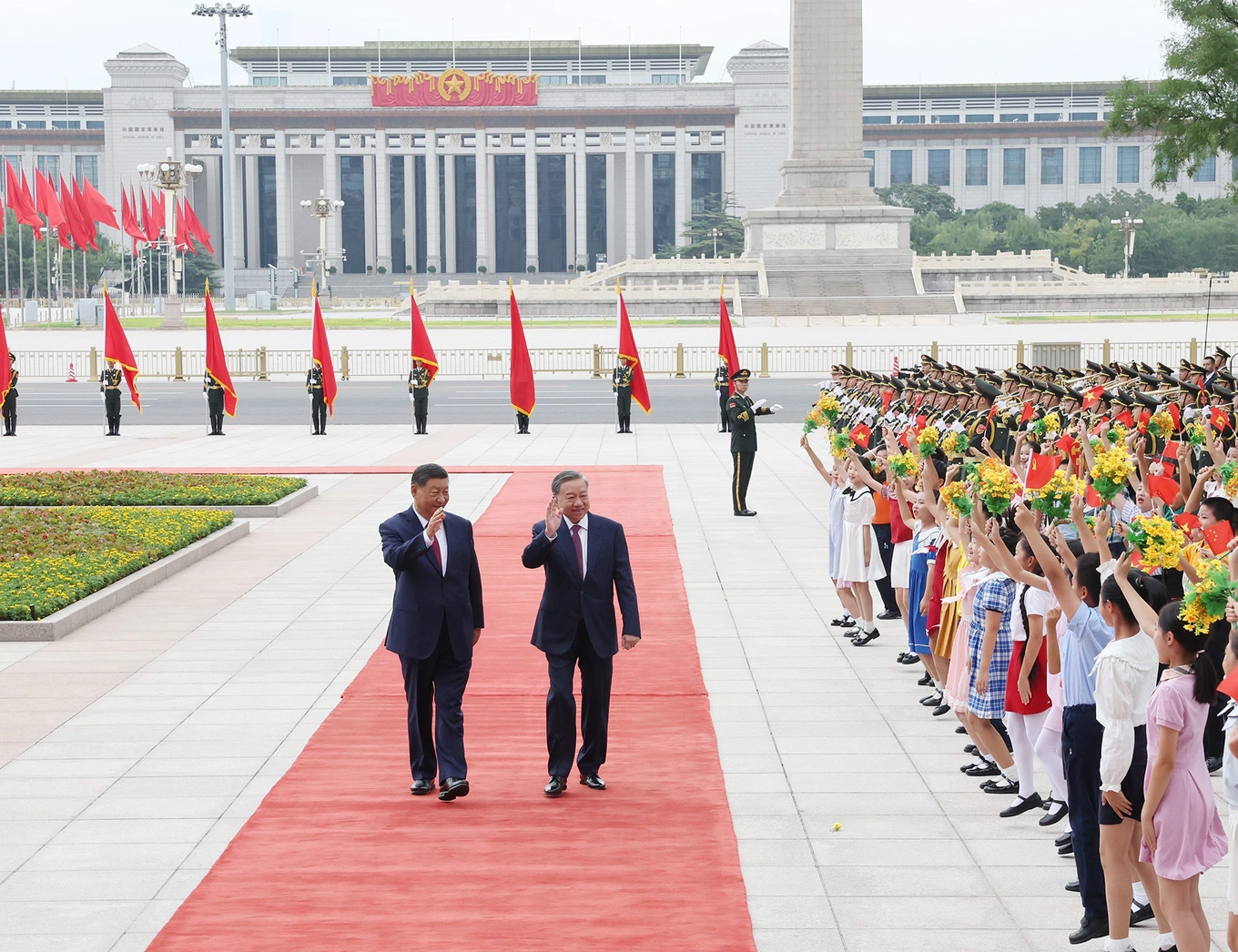

















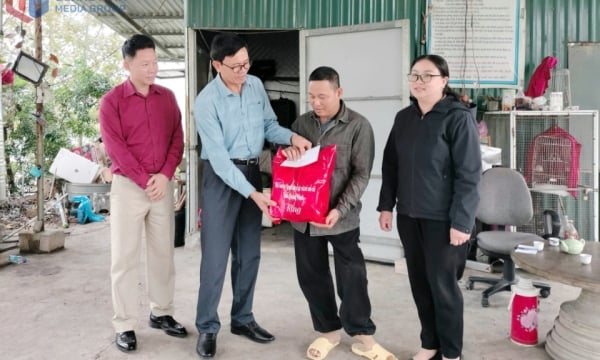




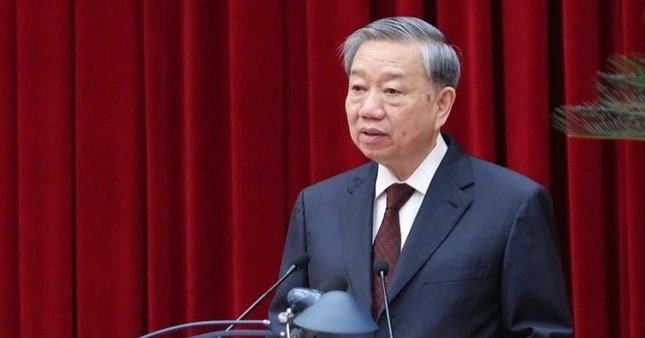











Comment (0)